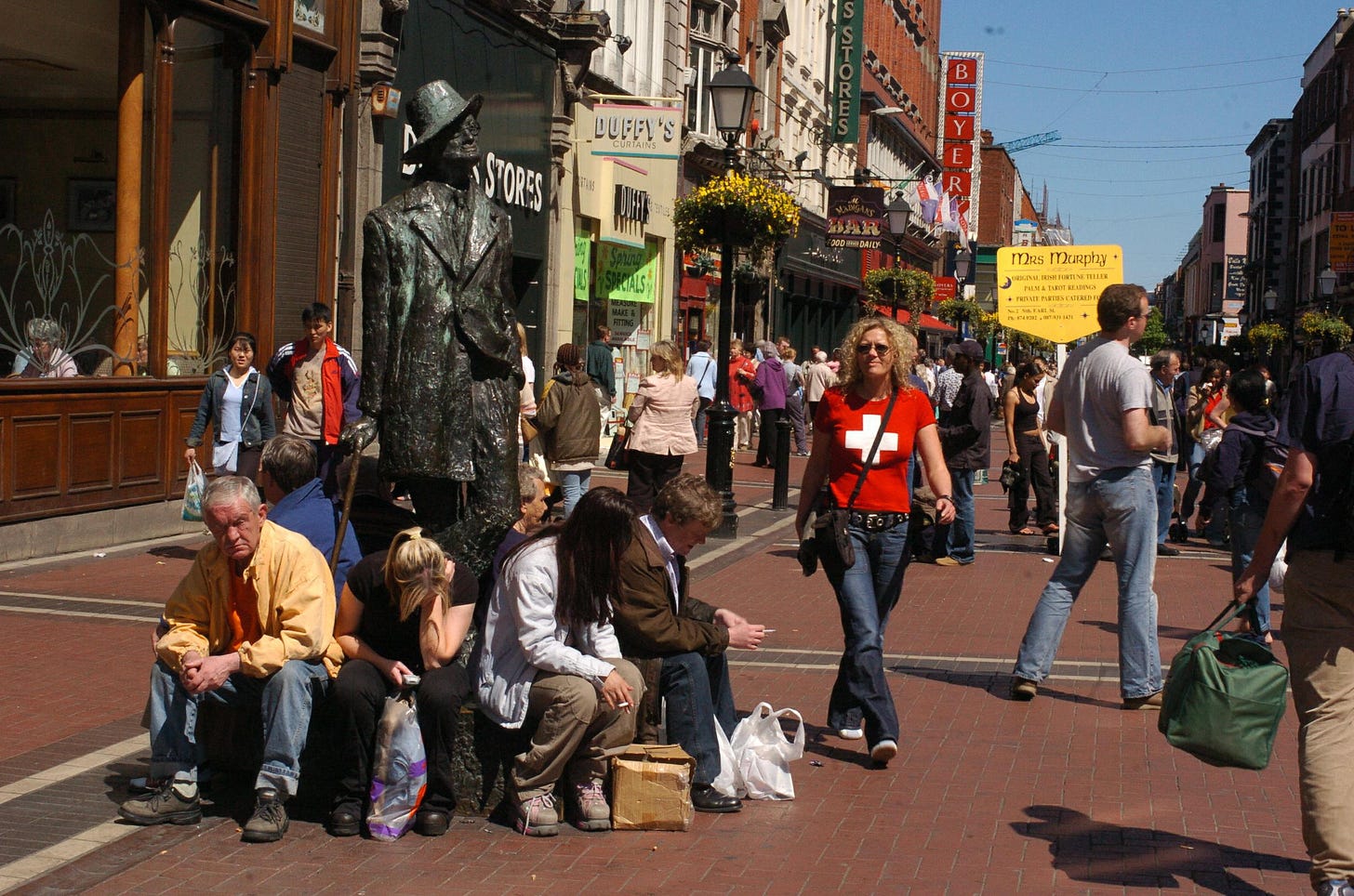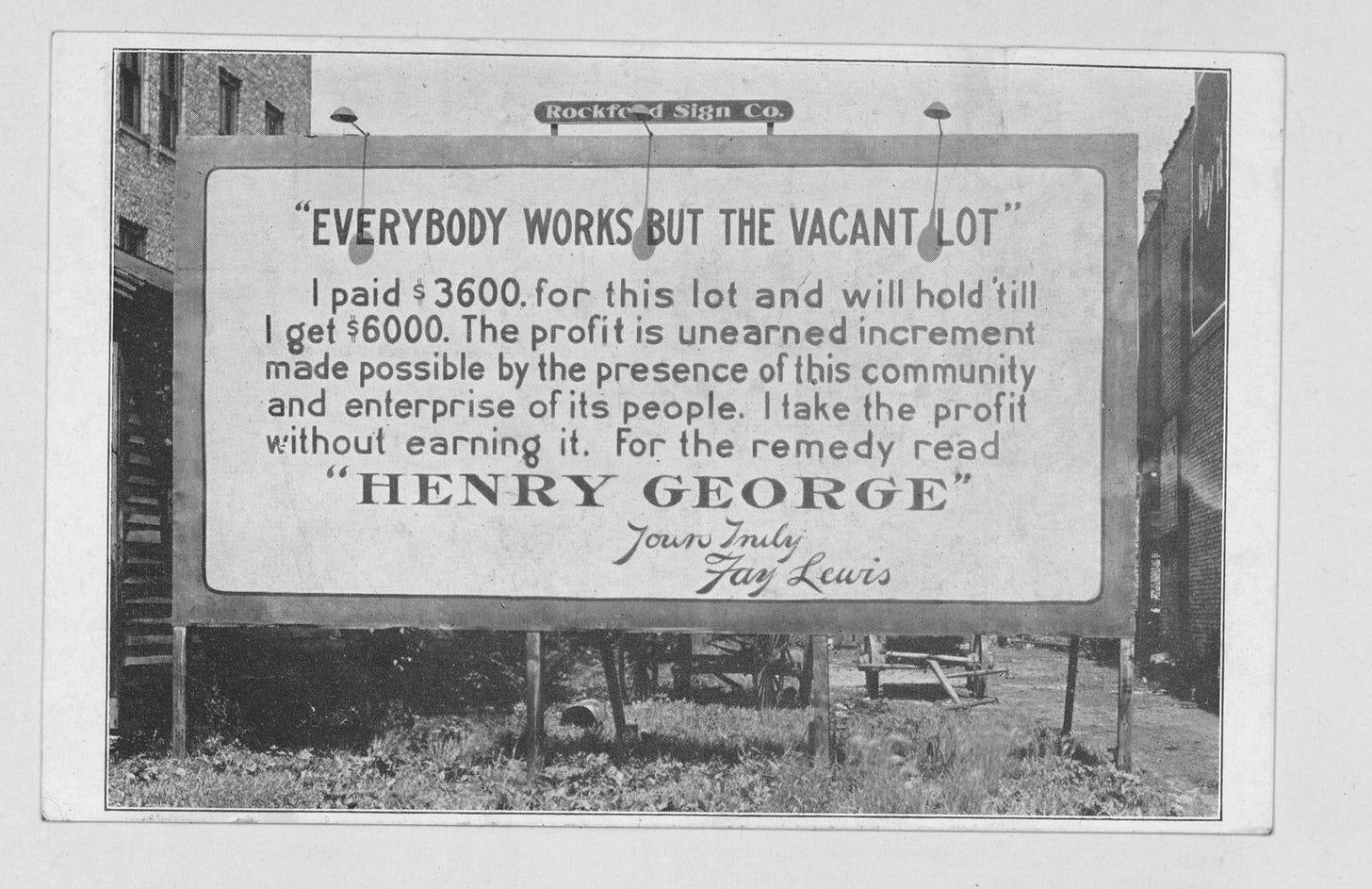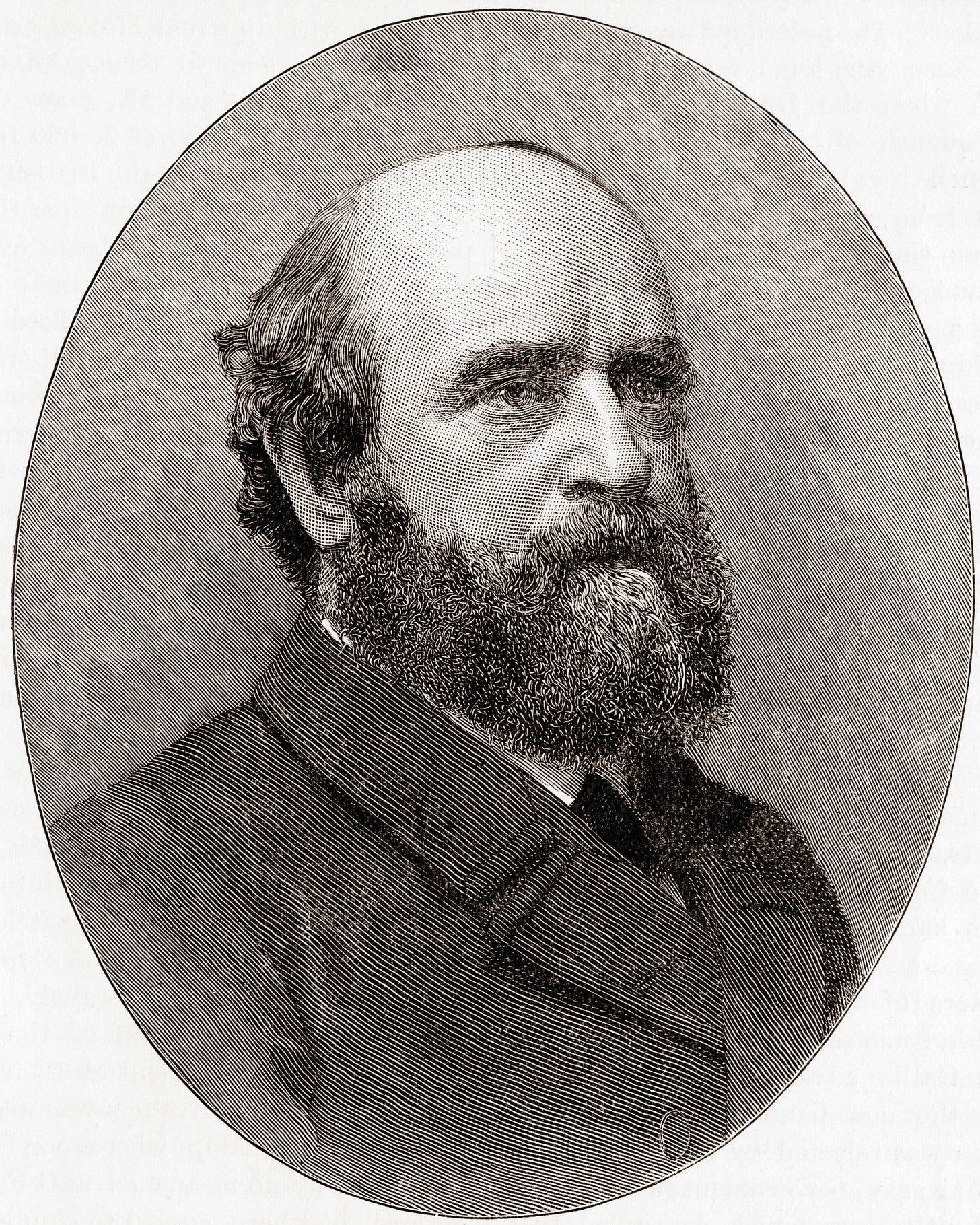Jasper National Park has almost 4 times the roadkill compared to Banff. Here's why
Liam Harrap - CBC
Neighbouring national parks Banff and Jasper are very similar – both are mountainous, UNESCO World Heritage sites with a major highway.
Yet they differ greatly when it comes to roadkill.
Between 2011 and 2021, Parks Canada reported 1,007 animals, coyote-sized and larger, were killed on roads in Jasper National Park.
That includes 425 white-tailed deer, 161 elk and 125 bighorn sheep that have been killed on roads in the national park.
The total is nearly four times the number in Banff, where 272 animals were killed, even though that park has more kilometres of highway.
"It's much higher than we would like to see," said David Argument, a resource conservation officer with Jasper National Park.
Most of the deaths are caused by commercial trucks, he said.
Jasper has a higher mortality rate because the main highway through the park is not twinned, fenced or equipped with wildlife overpasses, unlike its neighbour, Argument said.
And it's not just on highways where animals are dying.
Over the past decade, more than 600 animals have died on the railway in both national parks, according to Parks Canada. The tracks are not fenced and there are no wildlife overpasses.
Roadkill numbers in Jasper National Park
Banff's success story
In response to the high number of animal deaths in Banff National Park, work to twin Highway 1 began in the 1980s. By 2014, the fenced road had 38 wildlife underpasses and six overpasses.
Those moves reduced vehicle collisions with wildlife in the park by more than 80 per cent, according to Parks Canada.
Many biologists consider Banff a conservation success story.
"Whenever someone wants to implement wildlife crossing infrastructure somewhere else in the world, they often come to Banff to learn," said Adam Linnard, Alberta program manager for Yellowstone to Yukon, a non-profit conservation organization.
Why the same structures are not in Jasper National Park is partly due to geology, said Argument.
Highway 1 through Banff is largely straight. By comparison, Highway 16 in Jasper meanders. It snakes beside rivers and lakes, slithering beneath several cliffs.

© Parks CanadaHighway overpass wildlife crossings are expensive, costing up to $4 million each. There are six overpasses and 38 underpasses on Highway 1 in Banff National Park.
For example, when driving from Edmonton to Jasper, Disaster Point is the first rocky point where the highway gets pinched between rocky bluffs and the Athabasca River. The site is popular with bighorn sheep as it allows them to escape predation, said
Argument.
"We have a fair bit of sheep mortality occurring at that site," he said.
Due to terrain, building an overpass would be difficult and dividing the highway almost impossible.
"We need to be careful about the placement of these things to make sure that they're in a place where the wildlife we're trying to help can actually use them," Argument said.
The trouble with roads
Animals are attracted to roads for many reasons.
Ditches are great for dandelions, which bears love to eat, said Seth Cherry, conservation manager for Banff National Park.
Recently bears in the park have learned to climb the fences along the highway to get the nutrient-rich flower.
"We're looking at ways to refine the design of the fencing, put in maybe an electric wire in certain locations," said Cherry.
In addition, salt added to roads in winter to make them passable acts as an attractant to wildlife.
"Roads are a major component of the human impact on earth's ecosystems," said Adam Ford, a biologist at UBC Okanagan.
Highways also slice through animal ranges.
In one study, Ford found chipmunks rarely cross roads.
"There is no forest canopy. The ground is different," he said.
"It doesn't matter on traffic."
'Something has to be done'
Chris Smith, parks co-ordinator for the northern chapter of Canadian Parks and Wilderness Society, a non-profit dedicated to conservation, said Jasper needs to do more more to reduce wildlife mortality on roads.
If Jasper maintains the status quo, Smith said, wildlife population numbers could be at risk.
At the moment, Parks Canada said roadkill in Jasper is not causing overall decline.
"It's an unfortunate source of loss, certainly, and we don't want to see them struck," said Argument.
Wildlife mortality on roads could be reduced dramatically, he said, by people driving alertly and slower, giving wildlife lots of space.
Since 2011, no caribou have been killed on Jasper roads. Three grizzly bears have died. Grizzlies are listed as threatened in Alberta while caribou are listed as a species at risk.
Earlier this summer a cub was orphaned after its mother was killed by a truck.
A 2016 Parks Canada report estimated up to 10 per cent of elk in Jasper die on roads and rails.
"We want wildlife to freely roam in our national park. That's why they exist," said Smith.
"Something has to be done in Jasper ... this is unacceptable."
There is also the human cost from roadkill.
In 2020, there were more than 35,000 collisions on Canada's roads between vehicles and wildlife, injuring almost 2,000 people and killing 17, according to Transport Canada.
Jasper's future
Fencing, twinning and adding wildlife overpasses in Jasper would significantly decrease roadkill, said Argument.
But he has concerns.
He said fencing alone isn't a solution as animals need to cross roads to find food and mate, making overpasses and underpasses important.
Another concern is that predators could use fences to herd prey, but in a followup email with Banff National Park, Parks Canada said it had no examples of that happening.
Linnard said reducing wildlife mortality in our national parks, needs to be a priority.
"We kind of have a higher expectation of Parks Canada than we do anywhere else," he said.
"We know they can do it."













